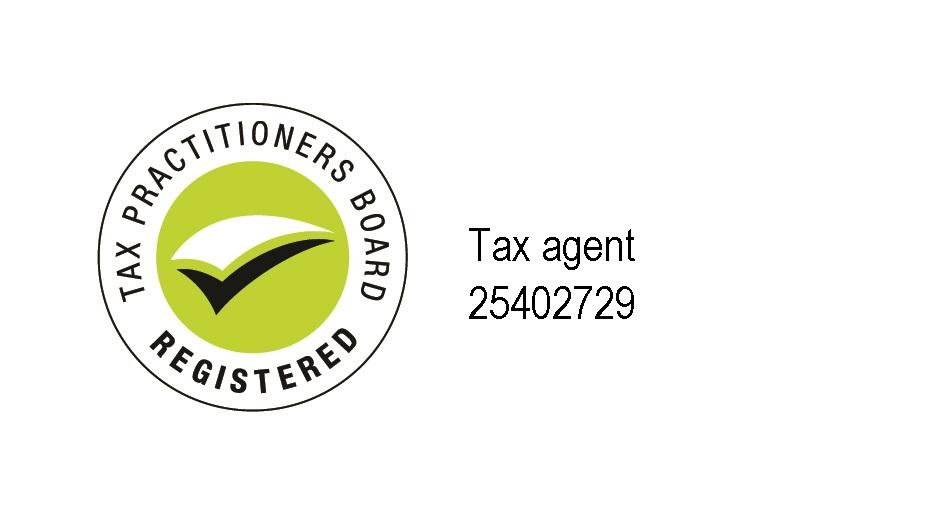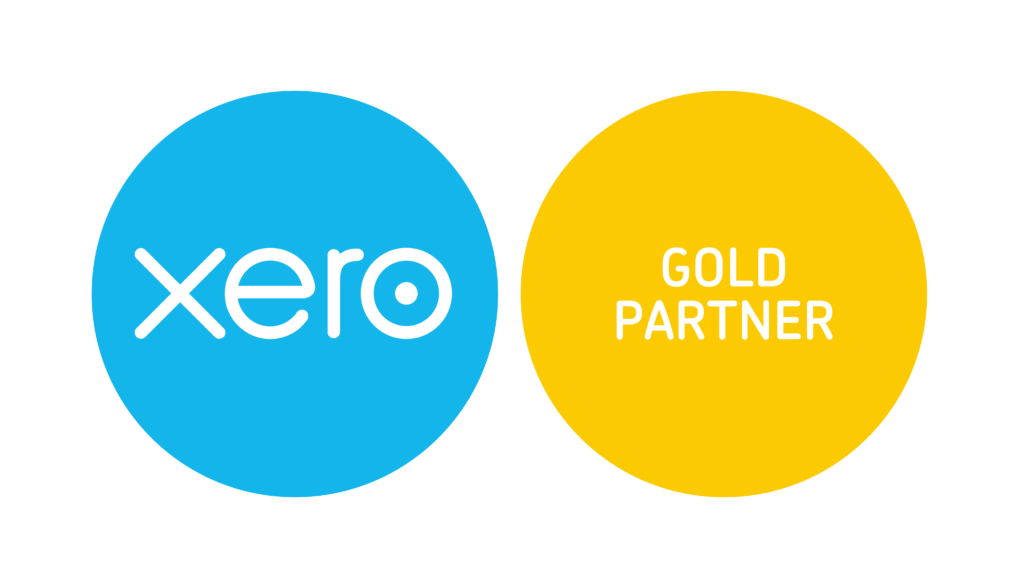How Digital Tax Solutions Deliver Value to Business

In 2012 consumer sentiment towards digital tax solutions and accounting systems was very low. According to accountancy experts at the time, many small and medium-sized enterprises (SMEs) weren’t prepared to put their faith in automated finance software.
The Present Digital Landscape
Fast forward to 2019 and how times have changed. As an example, Xero now has 1.6 million subscribers, adding 380,000 in the past year. Revenue is up 37% on the same period last year (H1 FY18) to $256.5 million (33% in constant currency (CC)) and they have experienced continued growth in annualised monthly recurring revenue, increasing by 40% to $589.1 million (36% in CC).
The ATO is also working to accommodate an increasing community reliance on ATO’s digital services and an anticipated exponential growth in digital transactions over coming years.
“Australians expect online services to be available 24/7, as well as being easy-to use and intuitive. We are committed to providing a contemporary, reliable and secure digital experience for all our users – from those who interact with us multiple times a day, to those who only interact with us once a year.”
Further, Budget 2019 heralded more big investment plans for digital tax solutions when you consider the current roll-out of Single Touch Payroll and SuperStream. Stage 1 of STP is part of a broader plan, with the ATO and Department of Veterans’ Affairs allocating $82.4 million over four years (from 2019-20) to support greater data-sharing amongst Government agencies, like the Department of Human Services.
The Government will also invest $67.1 million in 2019-20 in the development of the GovPass Program, which is essentially a national digital identity program. On the surface, the aim of the program is to give all Australians access to online government services. This will increase the Governments access to information exponentially and improve their ability to audit.
The Economic Landscape Today
There are many challenges ahead in the world, impacting both Government and enterprise. The Government is under increasing financial pressure to deliver policies that will cope with our increasing aged population, increasing levels of illness, declining revenue from mining royalties and slowing economic growth around the world. Enterprise is under increasing pressure to drive revenues higher. And all of this will have an impact on taxation.
Combating these community issues can only be achieved through two avenues: introducing new taxes or increasing existing ones.
In the wake of the Royal Commission into misconduct in the banking, superannuation and financial services industry, Commissioner Kenneth Hayne’s final report offers 76 recommendations, all of which the Federal Government and Labor say they will support and implementThe royal commission has highlighted the fact that there needs to be an improvement in accountability and financial transparency from Australian businesses, large and small.
The Compliance Landscape of Tomorrow
In present times, the new modus operandi seems to be about doing more with less. The accounting and tax industry is moving away from its traditional compliance focus, to more of an analyst/advisory focus. Businesses are now looking for Accountants with systems-based skills sets, data analytics experience and advisory skills. This is much broader than the historic focus on technical tax knowledge or producing a nil-payable tax return. Companies are looking for financial visibility (and data analytics to understand their businesses), tax strategies and tax planning to ensure they to maximize deductions over time.
Sparked from this need for improved financial visibility and, the ATO and other regulatory bodies forcing Australian companies to be more transparent and diligent with their financial reporting, software providers have responded by developing a plethora of digital systems to meet our needs.
With this world-wide focus on digitization (as seen affecting many tax authorities around the world), year on year, more and more Australian companies are moving their businesses onto accounting software. Further. Australian businesses will need up-to-date software to ensure they stay ahead of any pressing taxation issues and meet the ATO’s new requirements for carrying on business. It is possible that soon, we will see the tax office and other agencies, pre-populating more of the data in our personal and company tax returns. The ATO may then move its focus from compliance to audit. It may in the future say if you use XYZ accounting software product for tax compliance and, configure your systems correctly, the ATO will play less of a transactional role, particularly for monitoring high volume taxes like GST.

Digital Transformation and Tax
There is an increasing demand from Governments around the world to make sure global companies pay their fair share of tax. This will require greater co-ordination between tax authorities in order to Governments to be able to accurately monitor profits and charge taxes.
For example, e-commerce and the digital economy have transformed the way we shop. Gone are the days of shopfront retail dominating the market, replaced by multinational enterprises (MNEs) conducting their operations online.
This global and faceless way of doing business has resulted in the emergence of highly complex and often unique business and financial structures that were previously unheard of. As a result of the proliferation of artificial structures aimed at tax minimization, the online retail industry was chosen as an ATO focus area to ensure an even playing field for all taxpayers.
The ATO have recently completed a large program focusing on the e-commerce and digital economy industry. These efforts resulted in a significant increase in the reporting of profits from MNEs operating in this industry and, the tax they pay in Australia. As at 30 June 2018, the key achievements included:
- the completion of complex audits on several industry leading e-commerce MNEs
- over $1 billion in cash collections
- future revenue effects of more than $580 million over the next four years
The key here, is that it is important to understand your obligations as a business, to properly report income earned in Australia. For this reason, the ATO have funded and supported the Tax Avoidance Taskforce and their endeavors to improve the reporting requirements for e-commerce providers carrying on business in Australia.
International reporting too, will become complex, rigid and accountable over the coming years. Governments across the world have already started working together to claw more tax back. In recent years we have seen the proliferation of global business reporting obligations (such as country-by-country reporting) and BEPS*, as authorities demand more financial transparency in global taxation. The proliferation of digital tax solutions and accounting systems is aiding the ability for tax authorities across the globe to share financial information and it is believed this will become the norm. Cross-jurisdictional businesses will have greater reporting requirements and Governments will have a greater ability to mine data and conduct multi-jurisdictional audits.
Global businesses have created a whole new set of challenges, that Governments and Tax Authorities are now trying to address, in an unprecedented environment of digital innovation.
The Future of Tax
As a business owner, managing tax is one of several key strategies you may use to improve business profits and reduce costs – and fundamental to this is planning in advance, using real-time data. This can only be achieved using one or several software products, that enable a company to understand its present financial position and forecast potential revenue increases and decreases into the future. These software products can help you identify which areas of your business are performing and which are not, profit margins across products, cashflow issues and provide more detailed ‘business intelligence’.
In this way, digital transformation of the tax and accounting industry has demystified business financials, giving business owners better visibility of complex business matters. Software providers have given business owners visibility where previously there was none. These tools also ensure more people within the business can participate in financial accountability, in three ways: a) ensuring the business has a single source of truth for all things financial (purchasing, sales, payroll and tax) b) ensuring we are all reading and reporting from the same hymn book and, c) giving everyone better understanding of the tax function and the value it delivers. And the added benefit is that these new digital tax solutions and accounting systems brings the tax function closer to the real-time action.
With the introduction and evolution of innovation in tax solutions and accounting systems, and the improvements it has enabled in business (financial visibility and the ability to meet basic compliance obligations), we are now seeing improvement in our regulatory bodies. These systems allow them greater visibility of business practices and ability to audit where required – which has led to improvements in tax policy.
All in all, the disruption we feared 7 years ago, now seems to be welcome innovation that has become the critical enabler for tax to do things differently. The Accountants of today can now provide better advice using real-time data sets – opening our eyes to new and previously unknown insights into our businesses.
If you have any questions about adopting accounting software in your business, feel free to contact Semmens & Co on 03 8320 0320 for a free consultation.
If you’re looking for more information on how to maximize tax benefits for your business, download our e-book Top 9 Tax Tips That Could Save You Thousands or, learn more about these strategies by registering to attend our webinar.
* Base erosion and profit shifting (BEPS) refers to the tax planning strategies used by multinational companies to exploit gaps and differences between tax rules of different jurisdictions internationally to artificially shift profits to low or no-tax jurisdictions where there is little or no economic activity.







